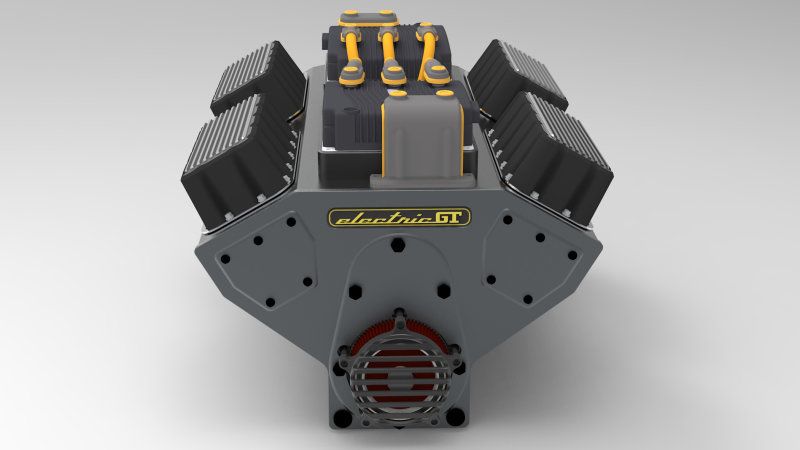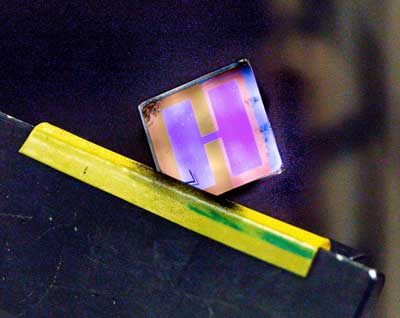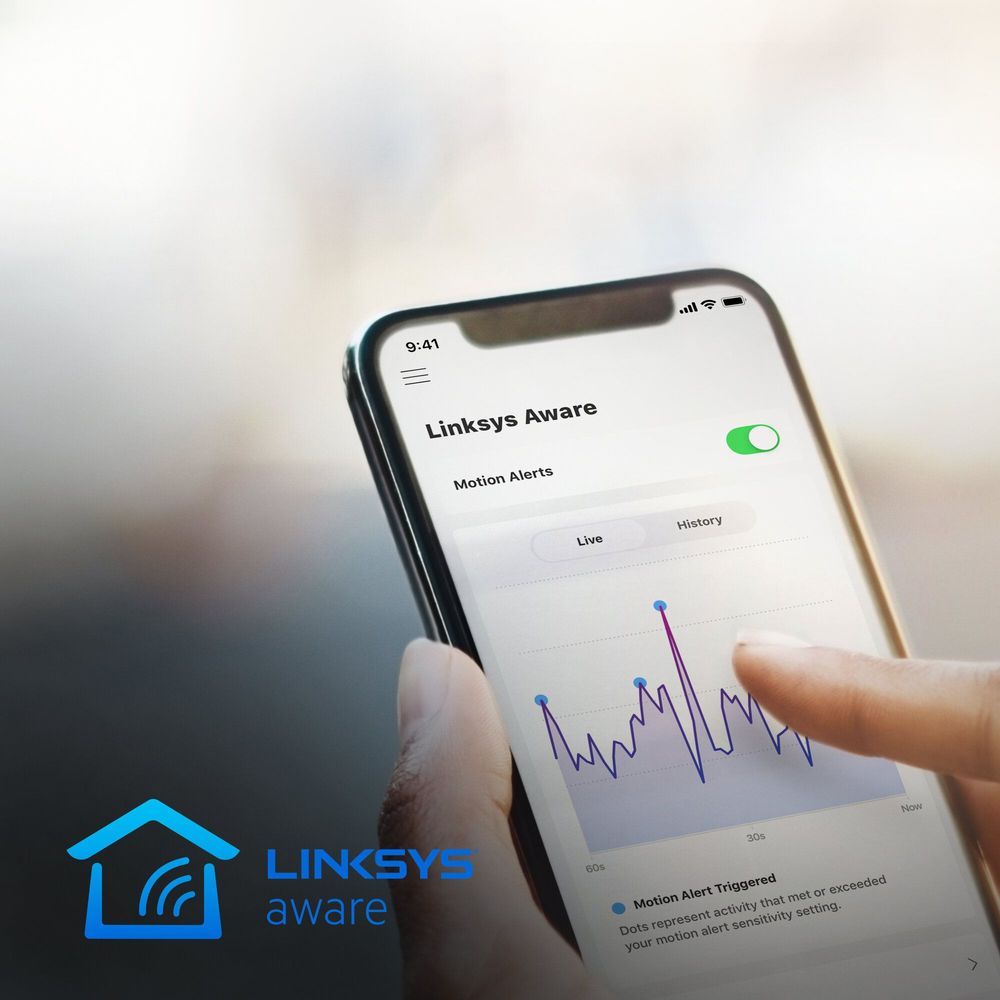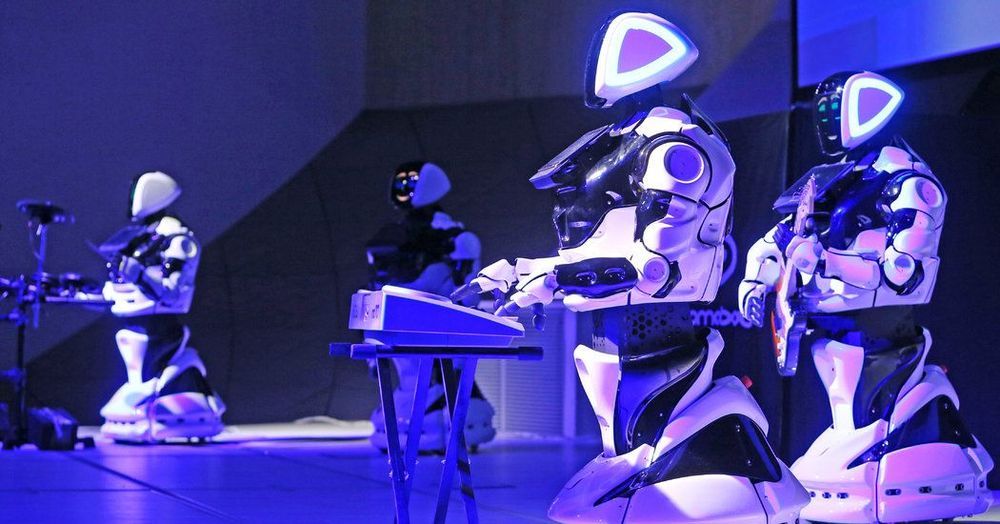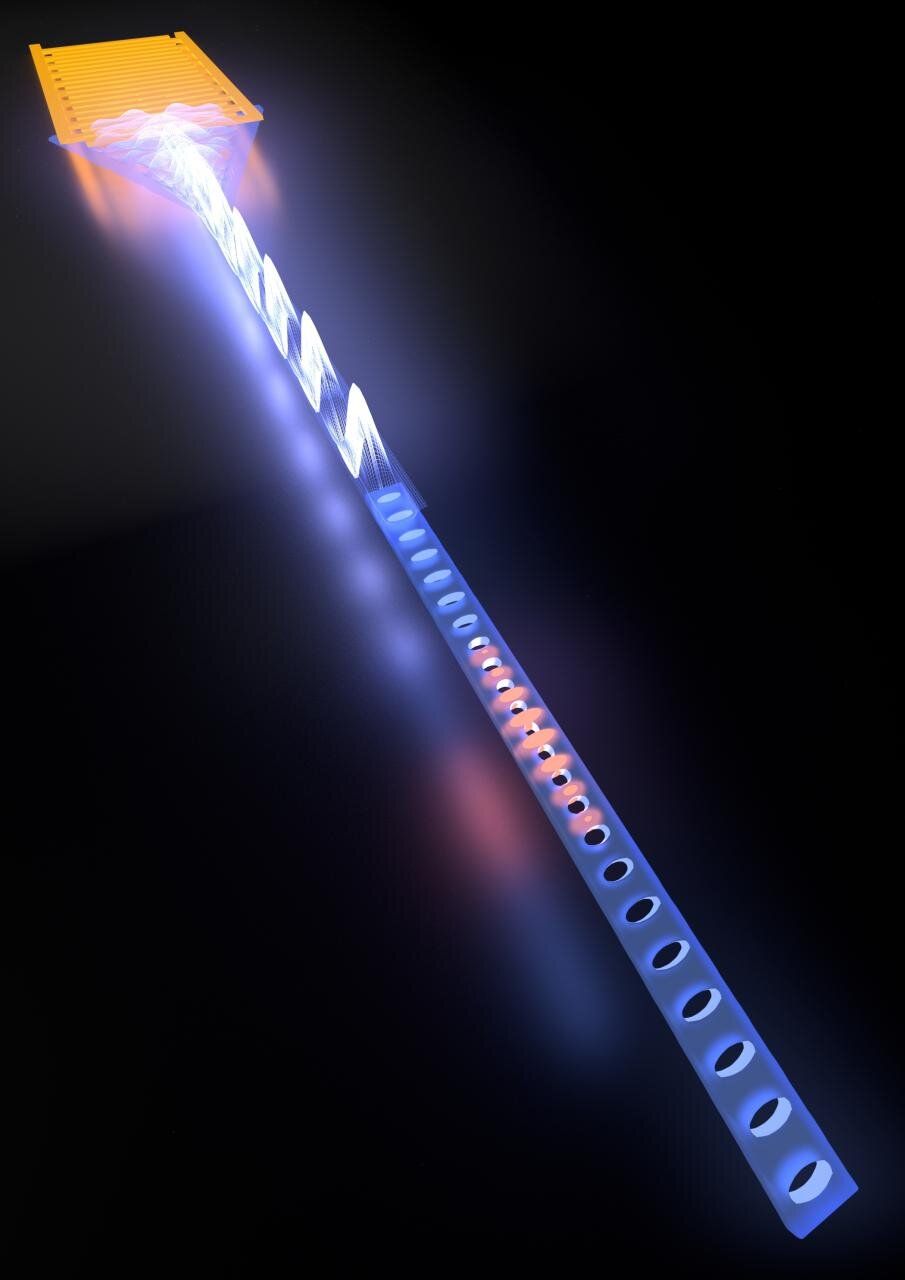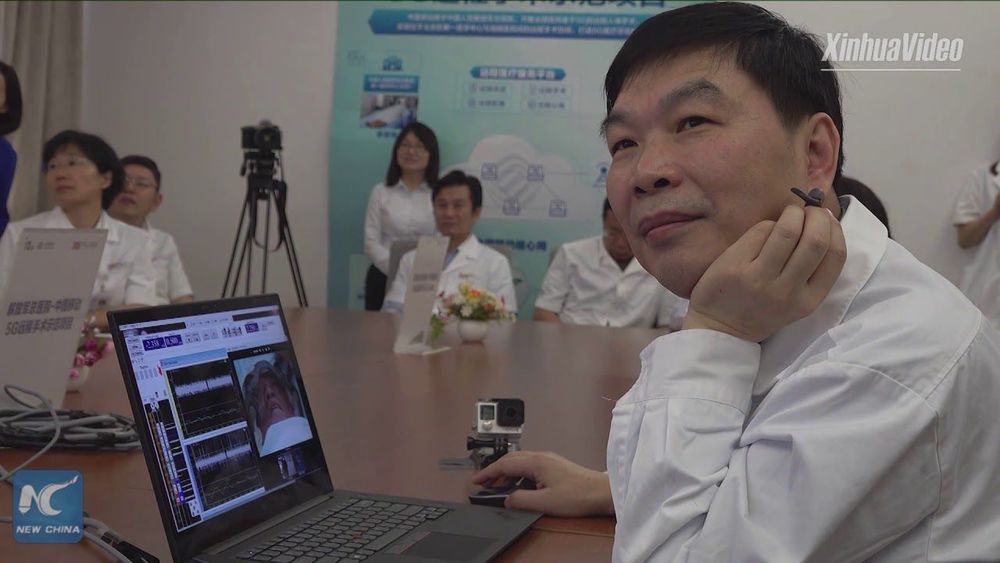Oct 16, 2019
A super-secure quantum internet just took another step closer to reality
Posted by Paul Battista in categories: finance, internet, quantum physics, satellites
Scientists have managed to send a record-breaking amount of data in quantum form, using a strange unit of quantum information called a qutrit.
The news: Quantum tech promises to allow data to be sent securely over long distances. Scientists have already shown it’s possible to transmit information both on land and via satellites using quantum bits, or qubits. Now physicists at the University of Science and Technology of China and the University of Vienna in Austria have found a way to ship even more data using something called quantum trits, or qutrits.
Qutrits? Oh, come on, you’ve just made that up: Nope, they’re real. Conventional bits used to encode everything from financial records to YouTube videos are streams of electrical or photonic pulses than can represent either a 1 or a 0. Qubits, which are typically electrons or photons, can carry more information because they can be polarized in two directions at once, so they can represent both a 1 and a 0 at the same time. Qutrits, which can be polarized in three different dimensions simultaneously, can carry even more information. In theory, this can then be transmitted using quantum teleportation.

